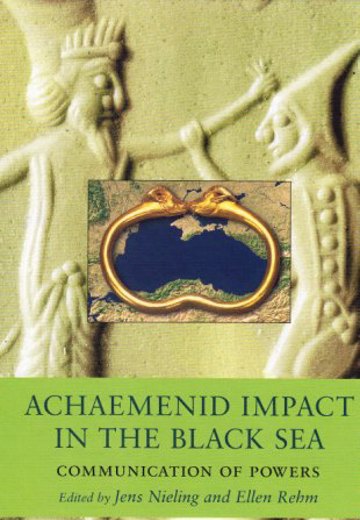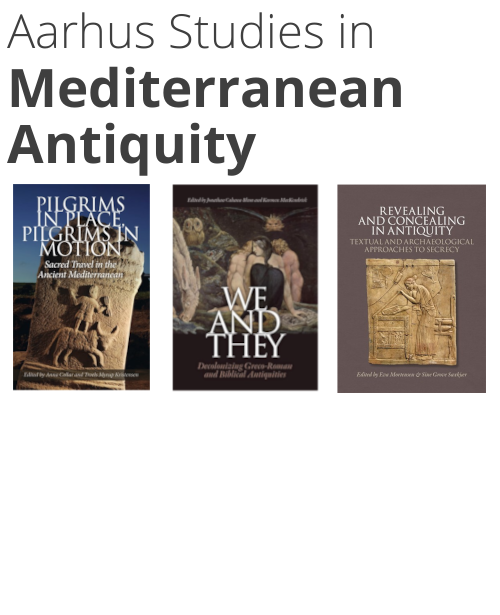
Achaemenid Impact in The Black Sea
Communication of powers
A part of the subject area Archaeology
Edited by
Jens Nieling and
Ellen Rehm
More about the book
About the book
For 200 years, from the second half of the 6th century BC to the decades before 330 BC, the Persian dynasty of the Achaemenids ruled an enormous empire stretching from the Mediterranean to Afganistan and India. The Great Kings Dareios I and Xerxes I even tried to conquer Greece and the northern Black Sea, but failed. Why were they interested in the Pontic area? In contrast to rich satrapies, such as Egypt, Phoenicia, and Syria, the Black Sea had no prosperous cities to offer. After 479 BC, the Persians acknowledged that the coast and Caucasus formed the natural borders of the empire. Nevertheless, the satraps became involved in the affairs of the Black Sea region in order to safeguard the empire's frontiers. The local inhabitants of the region became bearers and transmitters of Persian culture.




